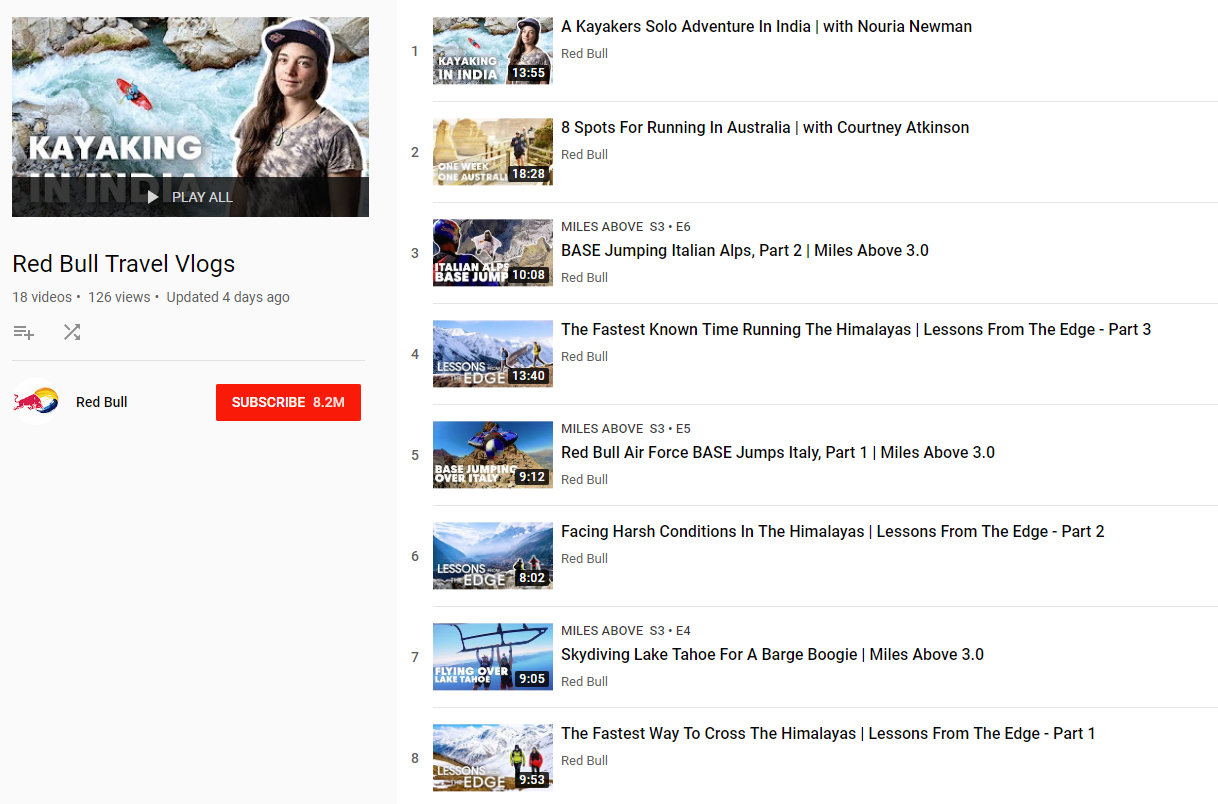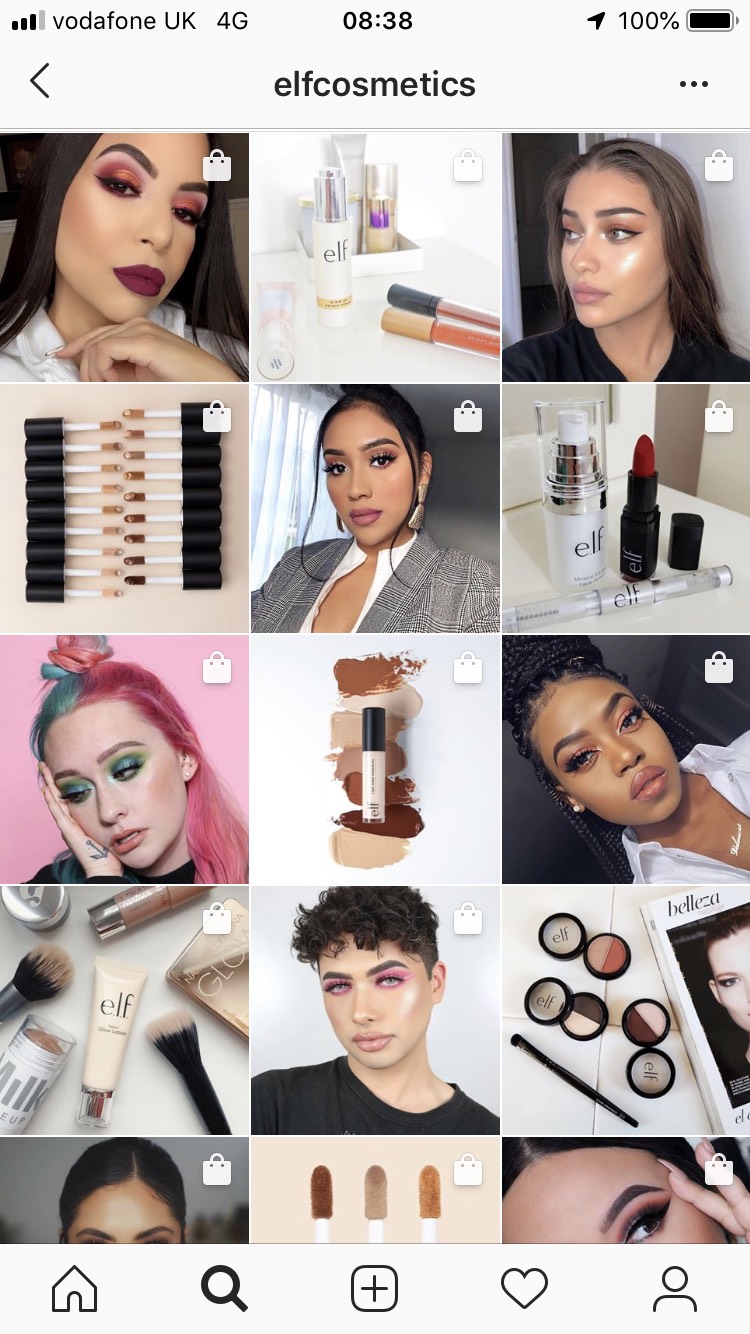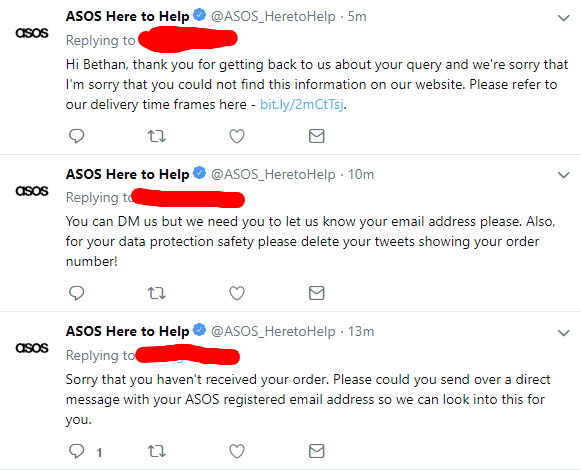Who are Generation Z?
Generation Z is the generation following millennials, born between the mid-1990s to the mid-2000s. Want to feel really old? This year, Gen Zers born in 2001 will be legally allowed to go out drinking.
Unlike millennials, Generation Z was born digitally savvy – they don’t remember a time without the Internet. They grew up on mobile phones and iPads.
If you thought the attention span of a millennial was short (12 seconds), then think again: the average attention span of a Gen Zer is a mere eight seconds. So, it’s crucial that once you’ve caught the attention of Gen Z, you keep them captivated, otherwise they’ll quickly bounce off your website or social media profile, never to return again.
This year, 32% of the global population will fall firmly under the Generation Z category, overtaking their millennial counterparts. So, to survive as a brand, it’s time you start capturing the attention of Generation Z. Here’s how…
Video is non-negotiable
YouTube is the number one platform Gen Zs stated they use when they want to relax or cheer up. 85% of teenagers turn to YouTube, and a Google survey stated that 80% of these teens actually use YouTube in order to expand their knowledge; with 68% stating that YouTube helped them to improve or gain skills that they needed to become successful in the future.
But that’s not the only reason why Gen Zers turn to YouTube: deepening real-life connections and taking a break from life’s stresses were also brought up in Google’s study.
So, with Gen Z active on YouTube on a daily basis, it’s the perfect place to showcase your brand and hook them in. But, it’s important to get it right.
Red Bull is a great example of getting video right – and its 8 million+ YouTube subscribers reflect this. Just one of their playlists includes Red Bull Travel Vlogs; collaborating with vloggers to post inspiring active and adventurous lifestyle videos, that their Gen Z viewers can aspire to. Episodes include base jumping the Italian Alps, skydiving over Lake Tahoe, and diving in the Australian Outback.
Red Bull also includes this content on their website, in the form of Red Bull TV; broken down into several channels including adventure, culture and dance – so there really is something for everyone.

To reiterate, if your target market is Gen Z, then you can’t afford not to do invest in video. Remember: it’s about engaging, aspirational content that sells the lifestyle your brand embodies; which leads nicely into the next point…
Sell the experience, not the product
Generation Z can see right through your marketing strategy, and they’re not interested in a hard sell. What they’re interested in is the experience your offerings are going to bring them. So, rather than focusing your entire marketing efforts on the product itself, think about the lifestyle you want to portray. Why would your target market want to invest in your product/service, and how is it going to benefit them?
One great way of successfully selling experience is through micro-influencers, and e.l.f. Cosmetics is doing a particularly good job of this. Their micro-influencer initiative – Beautyscape – hosts events that enable influencers to mingle with each other, whilst trying out the latest E.l.f. products, and learning beauty techniques, which they can then relay to their followers on social media.
This alone turns E.l.f’s products into an experience for their micro-influencers; which is then funnelled down through social media to Generation Z, who all of a sudden want to become part of that lifestyle, so buy into the brand.

Micro-influencers by nature have higher engagement rates than celebrities. In fact, studies have shown that the more followers someone has, the lower their engagement rate is. Kim Kardashian is a classic example – her engagement rate can be as low as 1.72% per post.
So, rather than heading over to the major celebrities to promote products (which can look very advertorial), instead, consider the benefits of creating your own network of micro-influencers. More relatable, they better represent your Gen Z customers and will help to create an experience rather than just the hard sell of a product.
Communicate with customers
I’m sure you know the importance of reviews in building brand trust, but I can’t reiterate just how important this is if you’re targeting Gen Zers.

76% of Gen Zers have said that they want brands to respond to their voices and feedback; and view responsiveness of key importance when determining a brand’s “authenticity”.
With 41% of Gen Zers reading a minimum of five reviews online before making a purchase, it’s never been more important getting those reviews. But that’s good news, as this demographic share twice as much positive feedback compared to negative. So, if you can get the good reviews, your Gen Z customers can start sharing this with their family and friends – essentially, they are acting as a brand advocate.
To recap…
Whilst Generation Z and Millennials may seem very similar on the surface, scratch away and you’ll see the differences that are key to identify when it comes to creating a digital marketing strategy that’s targeted at Gen Z.
Described as altruistic and entrepreneurial, they are all about the experience (I mean, if it’s not on Instagram, did it even happen?) So, if there’s one thing you should be doing, it’s creating a closer bond between your brand and your customers; immersing them in an experience that they want to become part of.





